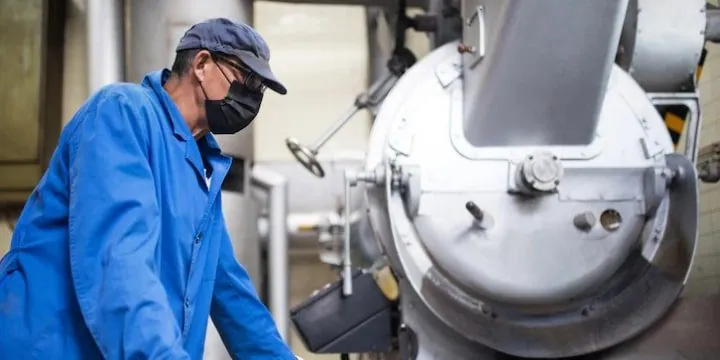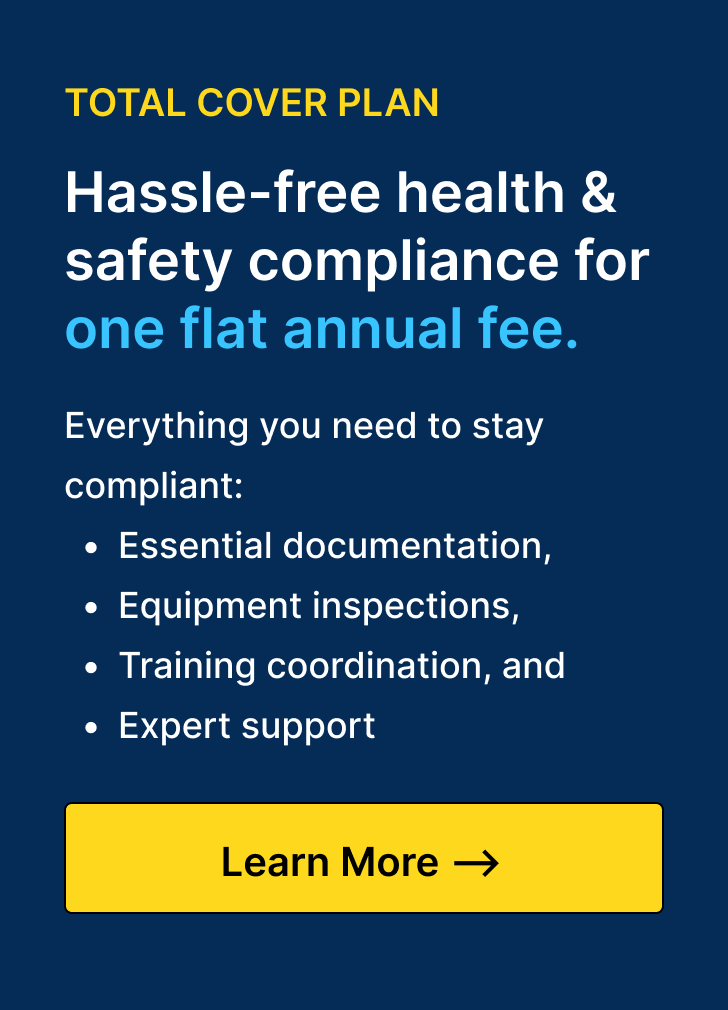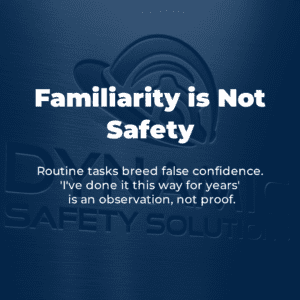Understanding human factors is essential to improving workplace health and safety.
Human factors refer to environmental, organisational, job-related, and individual characteristics that influence behaviour at work. By managing human failures effectively, businesses can reduce accidents, protect their reputation, and ensure long-term success. In this guide, we explore the key aspects of human factors and practical ways to create a safer, more productive workplace.Lorem ipsum dolor sit amet, consectetur adipiscing elit. Ut elit tellus, luctus nec ullamcorper mattis, pulvinar dapibus leo.
Human factors and why accidents happen
People are involved in all aspects of work, which is why this school of thought recognises the importance that human factors can play in helping avoid accidents and ill-health at work.
Managing human failures is essential to prevent major accidents, occupational accidents and ill health, all of which can cost businesses money, reputation and potentially their continued existence.
Reducing error and influencing behaviour is the key document in understanding HSE’s approach to human factors. Human factors are defined as:
“Human factors refer to environmental, organisational and job factors, and human and individual characteristics, which influence behaviour at work in a way which can affect health and safety.”
This definition includes three interrelated aspects that must be considered: the job, the individual, and the organisation:
The job
This includes areas such as the nature of the task, workload, the working environment, the design of displays and controls, and the role of procedures. Tasks should be designed in accordance with ergonomic principles to take account of both human limitations and strengths, matching the job to the physical and mental capabilities of people. Mental aspects include perceptual, attentional, and decision-making requirements.
The individual
This includes their competence, skills, personality, attitude, and risk perception. Individual characteristics influence behaviour in complex ways. Some characteristics, such as personality, are fixed; others, such as skills and attitudes, may be changed or enhanced through skilled workforce development.
The organisation
This includes work patterns, the culture of the workplace, resources, communications, leadership and more. Such factors are often overlooked during the design of jobs but have a significant influence on individual and group behaviour.
In other words, human factors are concerned with what people are being asked to do (the task and its characteristics), who is doing it (the individual and their competence), and where they are working (the organisation and its attributes), all of which are influenced by wider societal concerns, both local and national.
Including human factors in safety management
Human factors and accident interventions will not be effective if these aspects are considered in isolation. The scope of human factors includes organisational systems and is broader than traditional views of ergonomics.
Human factors should be included within a good safety management system and examined like any other risk control system.
Successful businesses achieve high productivity and quality while ensuring health and safety.
Good technology combined with the best work systems helps achieve these goals. The best systems are based on a skilled workforce with well-designed jobs appropriate to individuals’ abilities.
For more information on good systems, read more about our management systems solutions and how we can help your business achieve its goals.
Human factors and accident prevention: What can you do?
Become aware
It is essential to understand what is happening and assess its impact on you and your team. It might be what’s happening in your environment, or you may be distracted by something that’s happened to you. Increased awareness can significantly reduce error.
Speak up
Our roles can be complex, meaning many things can go wrong. Speaking up when we see something that’s not right can help avoid a situation that could lead to an incident.
Teamwork
A team with a common purpose that communicates effectively and supports each other is more likely to perform well and operate safely. Being prepared to listen and contribute are two fundamental principles for successful teamwork.
Ready to improve your workplace safety and reduce accidents?
Contact Dynamic -Safety today to discover how our expert team can help you design better systems, train your workforce, and embed strong human factors into your organisation.







